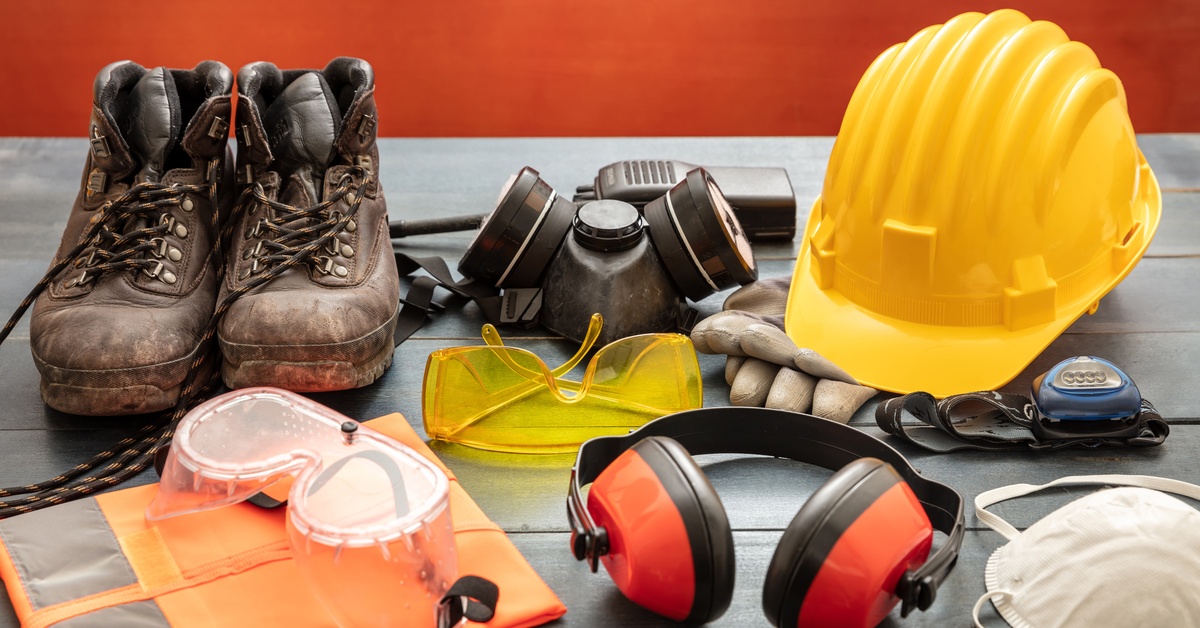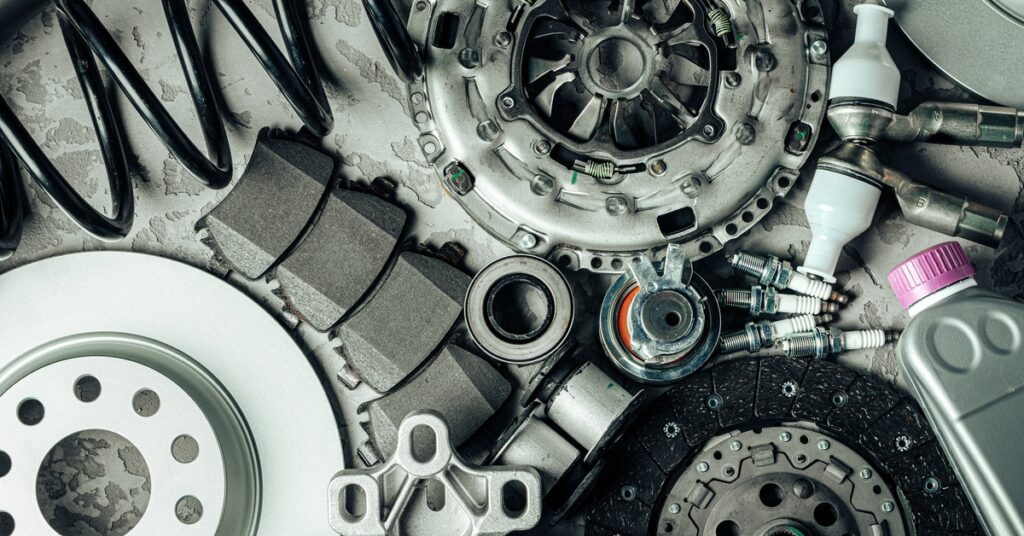As a leading manufacturer of drivetrain components, Dana is committed to providing high-quality, durable products to customers. However, it is important to store and handle these parts properly to maintain their quality and integrity. Dana powertrain parts require correct storage and handling to guarantee they stand the test of time, supporting you and your business for years.
Store in a Clean Environment
It is crucial to store powertrain parts in a clean, controlled environment that is free from dust, moisture, and other contaminants. Dust and small particles can infiltrate delicate components, potentially causing blockages or wear over time, while moisture can lead to rust or corrosion, compromising the integrity of the equipment.
Ideally, you should store these parts in a space with regulated temperature and humidity levels to minimize environmental risks. A clean, well-maintained storage environment preserves the integrity of these precision-engineered parts and ensures they function as intended.
Avoid Extreme Temperatures
You should always store powertrain parts in a temperature-controlled environment to maintain their integrity. Extreme cold can make certain materials brittle and prone to cracking, while excessive heat can warp components, degrade seals, or weaken adhesives.
Additionally, fluctuating temperatures can lead to repeated expansion and contraction of materials, which can compromise their structural integrity. A stable, moderate temperature ensures the parts remain in optimal condition for use.

Keep Away From Sunlight
Direct and prolonged sunlight exposure can significantly damage powertrain parts, especially those made from materials sensitive to UV rays, such as certain plastics or rubber components. UV radiation can cause these materials to weaken, crack, or fade over time. For metal parts, sunlight can contribute to surface heating, promoting oxidation or thermal stress. To avoid damage, store powertrain parts in a shaded, indoor area, or use protective covers to shield them from sunlight.
Use Proper Tools
When installing or handling powertrain components, using the correct tools is essential to avoid damage. Tools that don’t fit properly or are of inferior quality can strip threads, deform surfaces, or lead to improper installation, which can compromise the performance or safety of the system. Specialized tools for these parts ensure they fit securely and safely and protect them from unnecessary stress during the installation process.
Keep Away From Chemicals
It’s also important to store powertrain parts away from chemicals such as cleaning agents, industrial solvents, and common household products that may cause corrosion, erosion, or surface degradation. For example, certain chemicals can weaken rubber seals, eat away at metal surfaces, or cause coatings to peel off. Even a small spill can render a part unusable, affecting its ability to perform and potentially harming the entire system. Always store parts in clean, dry areas away from potential chemical exposure.
Handle Oils and Fluids With Care
Many powertrain parts use oils, greases, or other lubricants to reduce friction and wear during operation. When handling these lubricated components, it’s important to do so carefully to avoid spills or contamination. Spills can create safety hazards in the workspace and waste valuable materials, while contamination can introduce dirt, grime, or other debris that may compromise the part’s performance. Use clean gloves, and work on a prepared surface to keep both the part and the workspace in optimal condition.
Keep Parts Organized
Organization is key when storing powertrain parts, particularly in environments where you and your team handle multiple components regularly. Store parts in labeled containers or on neatly arranged shelves, clearly indicating their type, size, and intended use.
For larger inventories, consider using a digital inventory system to track the exact location and status of each part. Proper organization makes it easier to locate the parts you need quickly and minimizes the risk of confusion or mix-ups. Organization can save time during assembly and ensure that the correct components are always used, preventing operational issues or delays.
Handle With Care
Powertrain parts are precision-engineered and often delicate, requiring careful handling during transport, storage, and installation. Always use proper lifting techniques to avoid dropping or mishandling them, as even minor damage can reduce their performance or operational lifespan.
For heavier components, consider using appropriate lifting equipment, such as hoists or mechanical aids, to minimize the risk of physical strain or accidents. Mishandling these parts not only risks damaging them but could also result in safety concerns or compromised functionality during operation, so extra care is always essential.

Use Protective Gear
When handling powertrain parts, you must prioritize personal safety by wearing the appropriate protective gear. Gloves protect your hands from sharp edges or rough surfaces and prevent oils or residues from contaminating the parts. Safety glasses are equally important, especially when working with metal components, as they shield your eyes from flying debris, dust, and accidental movement.
In some cases, additional gear such as steel-toed boots or dust masks may be necessary, depending on the work environment. Proper protective equipment ensures both your safety and the cleanliness of the parts being handled.
Inspect for Damage
Before storing or using powertrain parts, always perform a thorough inspection of each item. Look for visible damage, such as cracks, dents, rust, or wear, as well as any signs of defects or irregularities that might affect their performance. If you spot damage, report it immediately, and avoid using the affected part under any circumstances.
Replace damaged or flawed parts promptly to avoid potential malfunctions or safety risks during operation. Regular inspections prevent costly repairs while also guaranteeing that all components meet safety and performance standards before use.
Follow the Packaging Instructions
Powertrain parts from manufacturers often come with detailed packaging instructions that outline the proper methods for storage, handling, and maintenance. These guidelines are specifically for maximizing the performance, durability, and longevity of each component.
For example, some parts may require lubrication before storage, while you may need to store others upright or keep them in specific temperature conditions. Ignoring these instructions can result in unnecessary issues, such as reduced functionality or premature wear. Always take the time to read and follow the manufacturer’s recommendations to avoid complications.
When you follow these best practices for storing and handling Dana powertrain parts, you can ensure their quality and functionality remains at their best. Proper storage and handling not only protect the parts but also contribute to safe working conditions for everyone.
If you need your own Dana Spicer parts, or you need your Dana parts serviced, you want Bull Powertrain. With us on your side, and with proper storage and handling practices, keeping your Dana parts and equipment running safely and efficiently can be easy.

